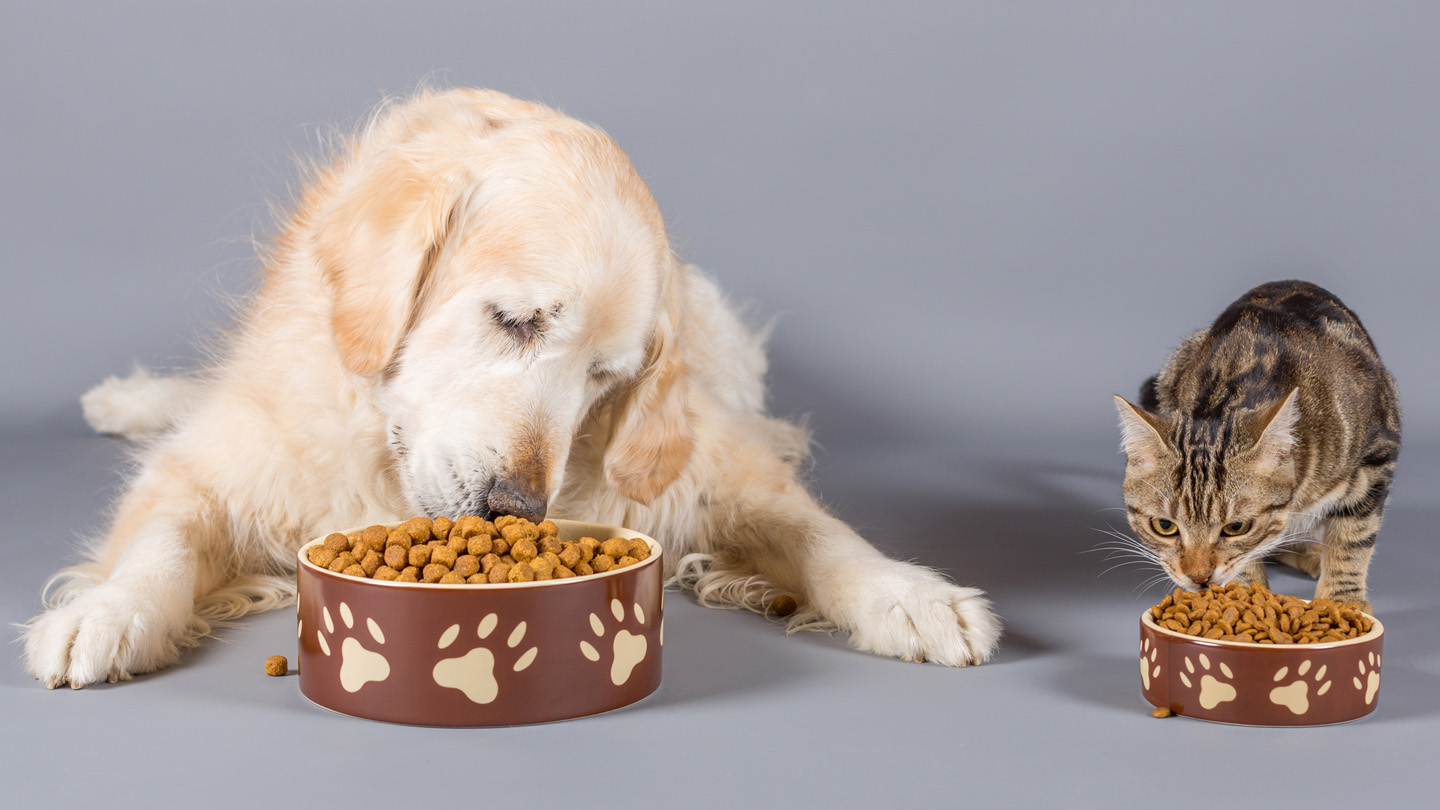- December 16, 2022
- No Comment
- 5 minutes read
Dry pet food may be more environmentally friendly than wet food – Science News Magazine

Support nonprofit journalism.
Feeding dogs and cats dry food instead of wet food may have less of an impact on the environment.
Eduardo Gonzalez Diaz / EyeEm/Getty Images
By
November 28, 2022 at 9:00 am
Pet owners may have a new reason to reach for the kibble.
Dry cat and dog food tends to be better for the environment than wet food, veterinary nutritionist Vivian Pedrinelli of the University of São Paulo in Brazil and colleagues report. Their analysis of more than 900 hundred pet diets shows that nearly 90 percent of calories in wet chow comes from animal sources. That’s roughly double the share of calories from animal ingredients in dry food.
The team factored in the cost of different pet food ingredients across several environmental measures. The findings, described November 17 in Scientific Reports, suggest that wet food production uses more land and water and emits more greenhouse gases than dry food.
Scientists already knew that meat-heavy human diets drive greenhouse gas emissions (SN: 5/5/22). But when it comes to environmental sustainability, “we shouldn’t ignore pet food,” says Peter Alexander, an economist at the University of Edinburgh who was not involved in the work.
Just how much various pet foods impact the environment isn’t clear, Alexander says. Commercial cat and canine fares aren’t typically made from prime cuts of meat. Instead, the ingredient lists often include animal byproducts — the gristle and bits people aren’t likely to eat anyway.
How to calculate the carbon cost of these leftovers is an ongoing debate, says Gregory Okin, an environmental scientist at the University of California, Los Angeles who was not involved with the study.
Some argue that the byproducts in pet food are essentially free, since they come from animals already raised for human consumption. Others note that any calories require energy and therefore incur an environmental cost. Plus, animal ingredients in pet food might not be just scraps. If they contain even a small amount of human-edible meat, that could add up to a big impact.
Knowing that there’s an environmental difference between moist morsels and crunchier cuisines could be helpful for eco-conscious pet owners, Okin says. Having that info handy at the grocery store is “super important when people are making decisions,” he adds. “There are consumers who want to pay attention.”
Questions or comments on this article? E-mail us at [email protected]
V. Pedrinelli et al. Environmental impact of diets for dogs and cats. Scientific Reports. Published online November 17, 2022. doi: 10.1038/s41598-022-22631-0.
Meghan Rosen is a staff writer who reports on the life sciences for Science News. She earned a Ph.D. in biochemistry and molecular biology with an emphasis in biotechnology from the University of California, Davis, and later graduated from the science communication program at UC Santa Cruz.
Our mission is to provide accurate, engaging news of science to the public. That mission has never been more important than it is today.
As a nonprofit news organization, we cannot do it without you.
Your support enables us to keep our content free and accessible to the next generation of scientists and engineers. Invest in quality science journalism by donating today.
Science News was founded in 1921 as an independent, nonprofit source of accurate information on the latest news of science, medicine and technology. Today, our mission remains the same: to empower people to evaluate the news and the world around them. It is published by the Society for Science, a nonprofit 501(c)(3) membership organization dedicated to public engagement in scientific research and education (EIN 53-0196483).
© Society for Science & the Public 2000–2022. All rights reserved.
Subscribers, enter your e-mail address for full access to the Science News archives and digital editions.
Not a subscriber?
Become one now.

